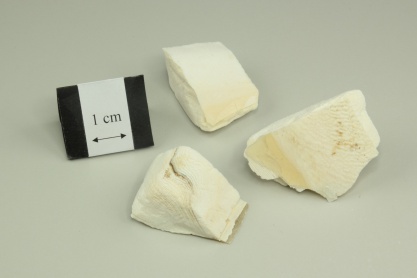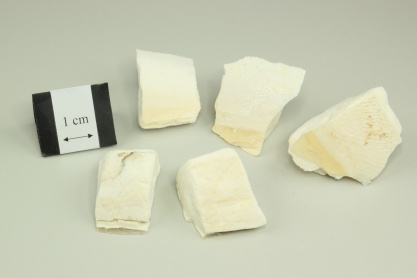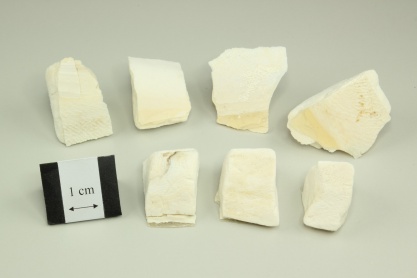海螵蛸
- ENG
- Cuttlebone
- LATIN
- Sepiae Endoconcha
| Medicinal Group | Astringent medicinal |
|---|---|
| Source | Dried internal shell of Sepiella maindroni de Rochebrune or Sepia esculenta Hoyle (Fam. Sepiidae) |
| Nature and Flavors | salty, astringent; warm |
| Meridian Affinity | Spleen, Kidney |
| Actions | To arrest bleeding, seminal discharge or leukorrhea, inhibit gastric secretion, and promote the healing of wound |
Family
Sepiidae
Part used
Animal
Indications
Gastric pain with acid regurgitation; spitting of blood, epistaxis, abnormal uterine bleeding, hematochezia; seminal emission, spermatorrhea; morbid leukorrhea; external use for traumatic bleeding and wound with purulent discharge
Research Findings
- Results of this 15-year follow-up cohort study suggest the use of TCM (TCM formulae including Hai Piao Xiao/cuttlefish bone) during treatment of vertigo was associated with a 36% lower risk of developing stroke compared to the risk among non-TCM users. [1]
- Hai Piao Xiao (cuttlebone) was most frequently used for peptic ulcer disease [2]
Cautions
No Data.
Report on adverse effect
No Data.
Reference
Reference
- Tsai T, Li C, Livneh H, Lin I, Lu M, Yeh C. (2016) Decreased risk of stroke in patients receiving traditional Chinese medicine for vertigo: A population-based cohort study. J Ethnopharmacol 184:138-43
- Huang C, Lai W, Sun M, Lin C, Chen B, Lin H, Chang C, Yang C, Huang K, Yen H. (2015) Prescription patterns of traditional Chinese medicine for peptic ulcer disease in Taiwan: A nationwide population-based study. J Ethnopharmacol 176:311-20












